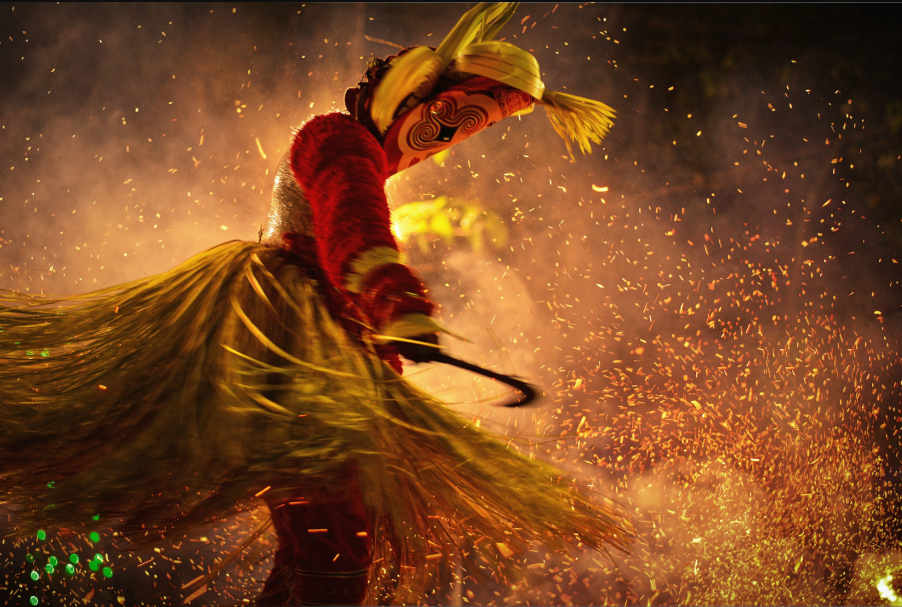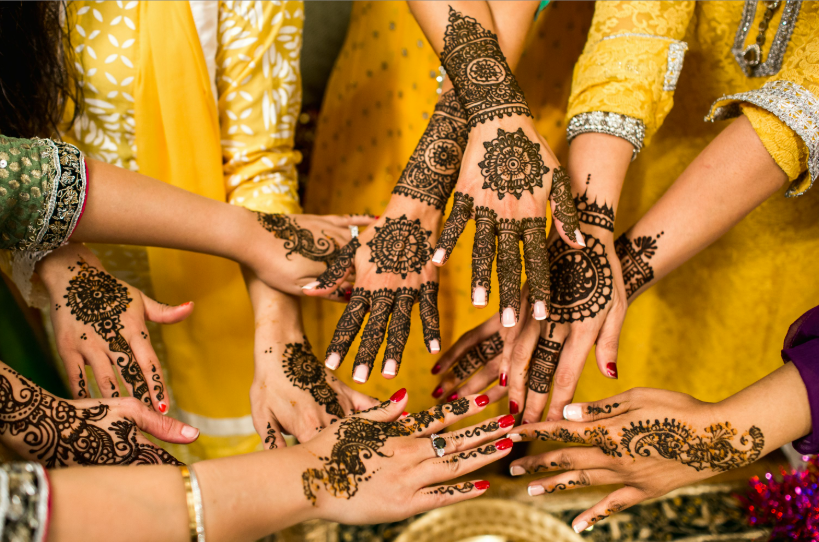Claudia Cardinale is one of the most celebrated actresses in the history of world cinema. Known for her elegance, talent, and striking presence on screen, she has captivated audiences for decades. Born in Tunisia in 1938, Claudia Cardinale moved to Italy to pursue a career in acting. She quickly rose to fame and became a symbol of Italian and European cinema. Her career spans several decades and includes collaborations with some of the most renowned directors in the world. Claudia Cardinale’s most iconic roles are still remembered today, and they continue to inspire actors and film lovers around the world.
Early Career and Rise to Fame
Claudia Cardinale’s journey in cinema began when she was very young. She entered a beauty contest in Italy and was discovered by filmmakers. Her early roles in Italian films helped her develop her acting skills and gain recognition. One of her first significant films was “Goha” in 1958, which introduced her to a wider audience. However, it was her work in films directed by Italian masters that established her as a major star. Claudia Cardinale’s charm, natural acting, and ability to convey emotion made her stand out in the competitive world of cinema.
Breakthrough with Italian Cinema
During the 1960s, Claudia Cardinale starred in several important Italian films. She worked with directors such as Luchino Visconti, Federico Fellini, and Pietro Germi. One of her most notable roles was in “Rocco and His Brothers” (1960), directed by Luchino Visconti. In this film, she played the character Nadia, a young woman facing difficult circumstances. Claudia Cardinale’s performance was praised for its depth and realism. Her role in this film showed her ability to handle complex characters, and it marked her as one of the leading actresses in Italian cinema. Another important film from this period was “The Leopard” (1963), also directed by Visconti. In “The Leopard,” Claudia Cardinale played Angelica, a strong and independent woman. Her performance received critical acclaim and helped cement her status as a top actress in world cinema.
International Recognition
Claudia Cardinale’s talent did not remain limited to Italian cinema. She soon moved on to international projects and worked with famous directors in France, Hollywood, and other countries. One of her most famous international films is “8½” (1963), directed by Federico Fellini. In this film, Claudia Cardinale played Claudia, a key character in the story. Her role was significant, and her performance added depth to the complex narrative. The film is considered a classic, and Claudia Cardinale’s role is one of the reasons it remains so highly regarded. Another international project that brought her recognition was “The Pink Panther” (1963), directed by Blake Edwards. She played the role of Princess Dala, demonstrating her versatility and ability to adapt to different genres. Claudia Cardinale’s charm and screen presence made her popular not only in Europe but also in Hollywood.
Collaboration with Hollywood Directors
Claudia Cardinale also worked with several Hollywood directors during her career. She appeared in films that combined Italian and American filmmaking styles. One of her memorable Hollywood films is “Once Upon a Time in the West” (1968), directed by Sergio Leone. In this western classic, Claudia Cardinale played Jill McBain, a widow who moves to a new town. Her performance was praised for its emotional strength and realism. The role required Claudia Cardinale to portray both vulnerability and resilience, and she succeeded in making the character unforgettable. Another Hollywood-related project was “The Pink Panther” series, where her presence added glamour and sophistication to the films. Claudia Cardinale’s ability to work in different languages and adapt to diverse film styles made her one of the most admired actresses of her time.
Awards and Legacy
Throughout her career, Claudia Cardinale received several awards and nominations for her work in cinema. She won recognition at international film festivals and earned praise from critics and audiences alike. Her contribution to Italian and world cinema is remarkable. Claudia Cardinale’s most iconic roles are remembered not only for their beauty but also for the talent and dedication she brought to every character. Even today, film enthusiasts study her performances to understand her technique and style. Her work has influenced many actors and filmmakers around the world, and she remains a symbol of elegance and professionalism in the film industry.
Iconic Roles in European Cinema
Claudia Cardinale’s impact on European cinema cannot be overstated. Beyond Italian films, she appeared in several French productions that showcased her talent. One of her most famous French films is “The Professionals” (1966), where she played a key supporting role. Claudia Cardinale’s performance brought charm and depth to the film, earning her international recognition. Her ability to work with directors from different countries made her a versatile actress. She also appeared in “Le Plombier” (1968), which further demonstrated her skill in adapting to different film styles and cultural contexts. Through these roles, Claudia Cardinale proved that she could succeed in both dramatic and lighter genres, solidifying her position as a major figure in world cinema.
Roles in Historical and Period Films
Claudia Cardinale often appeared in historical and period films, where her elegance and screen presence were perfectly suited to the genre. One of her most iconic roles was in “The Leopard” (1963), which is considered a masterpiece of Italian cinema. In the film, Claudia Cardinale played Angelica, a strong, intelligent, and independent woman navigating the challenges of Sicilian society. Her performance was praised for its authenticity and emotional depth. Another historical film that highlighted her talent was “Belle de Jour” (1967), where she took on a complex character struggling with personal desires and societal expectations. These roles not only showed her acting range but also demonstrated her ability to bring credibility and humanity to characters from different historical periods. Claudia Cardinale’s performances in period films remain some of her most celebrated work in cinema.
Collaboration with Legendary Directors
Claudia Cardinale worked with many of the greatest directors in cinema history. These collaborations allowed her to take on a wide variety of roles and reach audiences worldwide. Besides working with Luchino Visconti and Federico Fellini, she also collaborated with Sergio Leone, Blake Edwards, and Pietro Germi. Each director brought out a different side of her acting talent. In “Once Upon a Time in the West” (1968), Sergio Leone relied on Claudia Cardinale to bring emotional depth to the story. Her portrayal of Jill McBain added complexity to the film, making her one of the most memorable characters in the western genre. Working with these directors helped Claudia Cardinale refine her craft and expand her influence in world cinema.
Later Career and Continuing Influence
Even after the peak of her career in the 1960s and 1970s, Claudia Cardinale continued to act in important films. She appeared in both European and international projects, demonstrating her enduring appeal. In films such as “The Pink Panther” series and later Italian productions, Claudia Cardinale maintained her reputation as a talented and professional actress. Her later work also showed her ability to take on mature roles, reflecting the experience and wisdom she gained over decades in cinema. Claudia Cardinale’s most iconic roles continue to inspire new generations of actors and filmmakers. She remains a reference point for anyone studying European and world cinema, as her performances are seen as examples of elegance, talent, and versatility.
Cultural Impact
Claudia Cardinale’s influence goes beyond her performances in films. She became a cultural icon, known for her beauty, style, and strong presence both on and off the screen. Fashion magazines, film festivals, and cultural studies often reference her as a symbol of European cinema’s golden age. Claudia Cardinale’s most iconic roles helped define the image of women in cinema during the 1960s and 1970s. Her ability to portray independent, complex, and strong characters made her stand out in an era when female roles were often limited. This impact continues today, as she is frequently cited as an inspiration by modern actresses and filmmakers around the world.
Conclusion
Claudia Cardinale’s career is a testament to her talent, versatility, and dedication to her craft. From her early roles in Italian cinema to her international recognition and collaboration with legendary directors, she has created a body of work that continues to influence world cinema. Films like “Rocco and His Brothers,” “The Leopard,” “8½,” and “Once Upon a Time in the West” are just a few examples of her most iconic roles. Claudia Cardinale’s ability to bring depth, emotion, and authenticity to every character she played has made her a lasting figure in cinema history. Her performances are celebrated not only for their beauty but also for the skill and professionalism she brought to the screen. Claudia Cardinale will always be remembered as one of the greatest actresses in world cinema, and her legacy continues to inspire audiences and filmmakers today.



